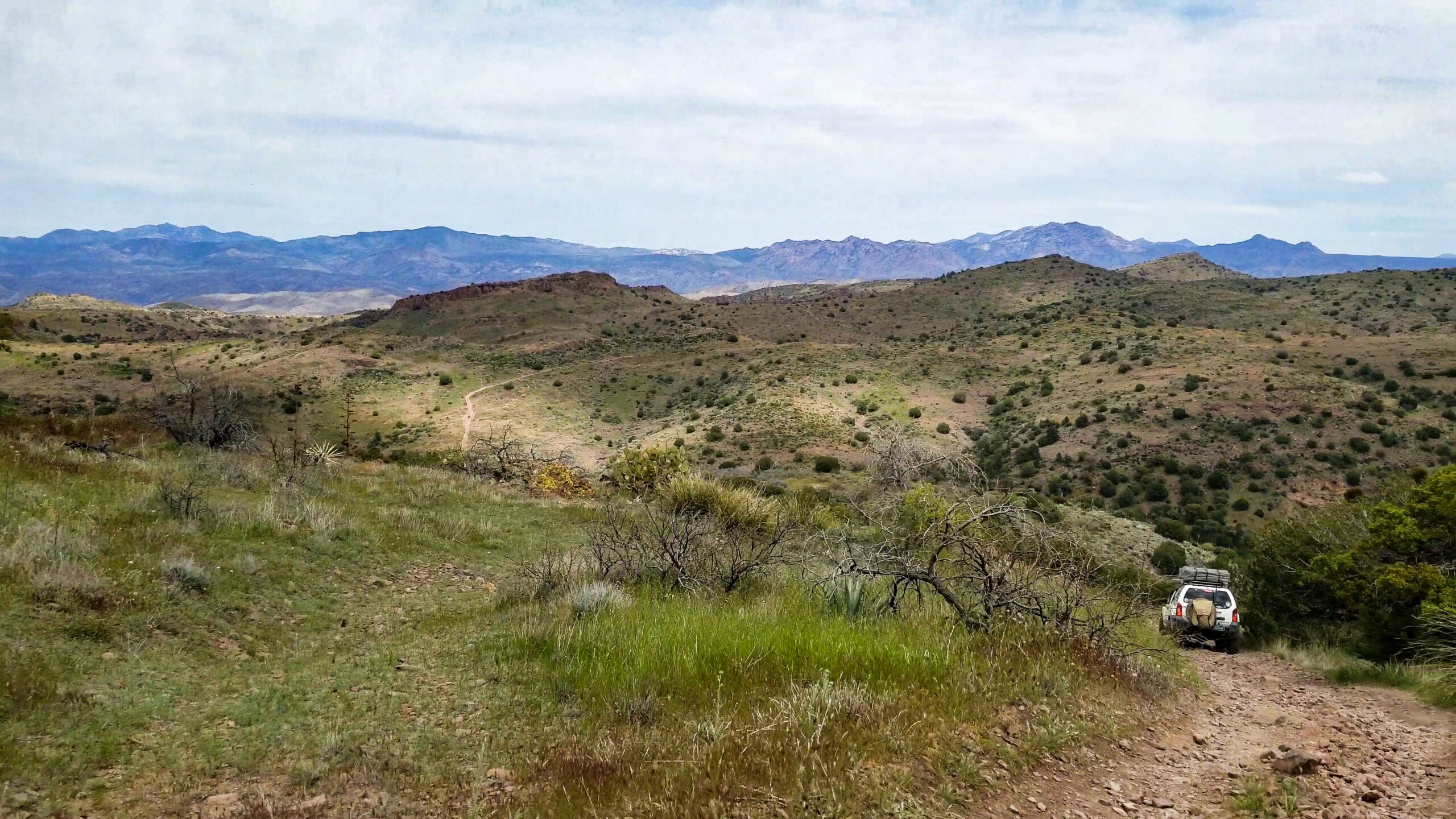Your cart is currently empty!
Posted in
First, Let’s Define Our Terms
By RANGE contributor Greg Walcher
Years ago, as a high school and college debater, I was trained to begin making my case by defining key terms. A debate gets incoherent if the two sides don’t agree on what the topic is, or what is being proposed. Voltaire famously wrote, “Define your terms… or we shall never understand one another.”
The website CrossExamined.org says, “Defining terms is extremely important in conversations. In normal language, certain words have an accepted definition that is assumed based on the context.” In our national discourse on the environment, there may be no such thing as “normal language.”
I recalled that old training while reading about the new “Lakota People’s Law Project,” which is raising money to pay members of various Native American tribes, because their “sacred” lands were stolen, and are not being properly cared for. The effort is titled “Sacred Defense National Parks and Monuments Initiative,” and proponents “call upon the 325 million travelers who will make these parks and monuments a travel destination this year to donate to the original peoples of the place.”
Specifically, the initiative targets visitors to 14 national parks and monuments (Arches, Bears Ears, Crater Lake, Death Valley, Devils Tower, Grand Canyon, Grand Teton, Hawaii Volcanoes, Rocky Mountain National Park, White Sands, Wind Cave, Yellowstone, Yosemite, and Zion). Visitors are asked to donate to the initiative, which will give annual payments to members of various tribes who apply – whether or not they or their ancestors ever lived in any of those parks. Indeed, several observers have noted that the Lakota tribes themselves never inhabited any of those areas.
Some recipients of the money might have, though. In case you wonder how the recipients are selected, they just fill out a form. I looked it up to see if I might qualify, and it consists of 10 easy questions, mainly the name of your tribe or group, your name, address, phone, and website. And it asks, “What National Park or Monument currently occupies your land?”
The rest is all about the need to “protect sacred sites.” That suggests two important questions. First, “protect” it from what? By definition, national parks and monuments are already permanently protected. Second, exactly which sacred sites? I decided it might be helpful to define the terms, so I tried to find out what lands are considered “sacred” by Native American tribes. We hear about such sites often, especially when new restrictions on public lands are proposed, so there must be a map identifying all the sacred sites, right?
No. A Google search for “what Native American lands are sacred?” produces over 1 million results, but not one single page that catalogs, maps, or lists sites meeting that definition. Because there is no list.
One website called nativetribe.info attempts to list the top ten “sacred places and landscapes.” Another, TravelPulse.com, lists ten completely different ones. Candidates include Mt. Shasta, Devils Tower, Sedona’s Red Rocks, Chaco Canyon, Hovenweep, Painted Cave, several ancient mounds, and the “waters of Lake Michigan.” It also lists the Four Corners Monument, which is ironic since the exact location was only agreed to in 1901 and the monument itself built in 1931 (it has been replaced or rebuilt several times since, most recently in 2010).
Apparently, a place need not be old to be sacred. Some websites list places like Mesa Verde, Canyon de Chelly, and the Black Hills, but also modern museums, buildings, and battle sites such as Little Big Horn. Earth Island Institute’s “Sacred Land Film Project” has an interactive world map showing “sacred sites,” but shows none in Colorado and only two each in Wyoming and Utah, all of which are already “protected” national monuments.
Still, the Lakota Law Project hopes those visitors are ripe for fundraising. Here’s how it works: you visit a website, choose which park you are visiting, and donate money, which goes to someone you don’t know, who may or may not have ancestors who ever lived in the area, and may or may not have considered the place “sacred.”
The initiative’s founder says, “This initiative is about healing… healing the intentional genocide against Indigenous peoples of this land, and we’re asking the public to do their part by making a donation.” He adds, “Our planet is calling for the return of Indigenous stewardship, now more than ever… rather than continuing the slow genocide…”
Will such donations “heal” centuries-old wounds? That depends on what you call “healing.” And what you consider “sacred,” and “stewardship” – in other words, how you define your terms.
See more from Greg Walcher here
Subscribe to RANGE magazine
Call 1-800-RANGE-4-U
The post Are national monument land grabbers using Newspeak to grift the public? appeared first on RANGEfire!.
Tags:
You may also like…

Visit the AZBackroads.com Store

Please Become A Member
We need your help to keep our backroads open. Please join today!








